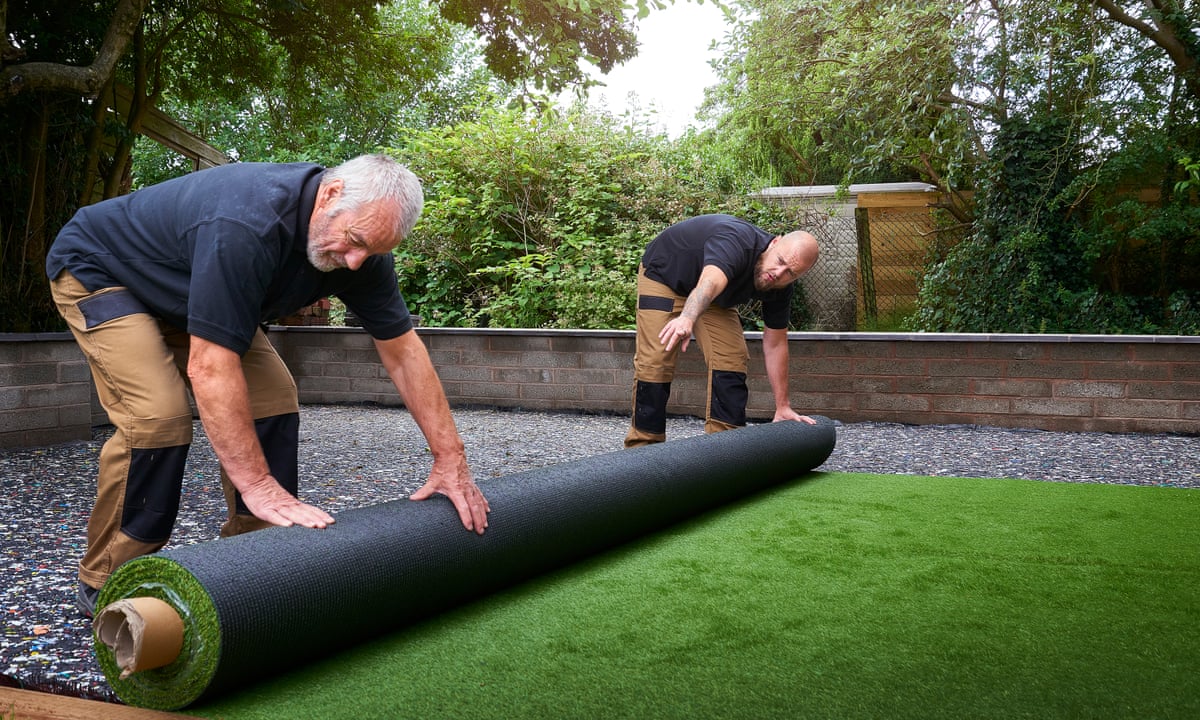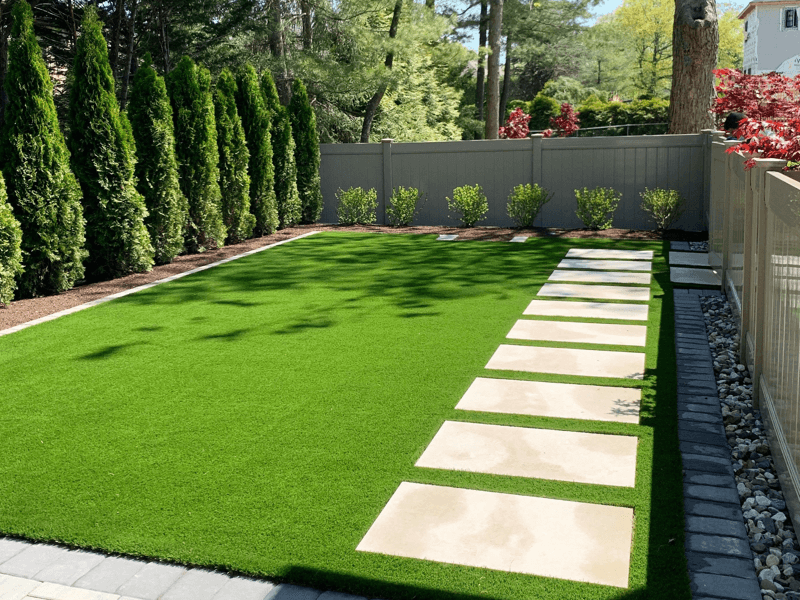High-Quality Arizona Turf Options for a Stunning and Green Landscape
Delve Into the Environmental Conveniences of Opting for Artificial Turf Solutions
The adoption of fabricated turf services provides an engaging possibility to resolve pressing environmental challenges. By considerably minimizing water use and decreasing the application of damaging chemicals, these options not just advertise lasting landscape design yet also safeguard regional ecological communities.
Water Conservation Advantages
Among one of the most substantial advantages of synthetic grass is its capability to preserve water. Traditional lawn yards need significant watering, specifically in locations prone to drought or water constraints. In contrast, artificial turf does not require watering, dramatically minimizing the overall demand for water sources. This function is specifically helpful in dry regions where water deficiency is a pushing problem.
By getting rid of the need for routine watering, artificial grass contributes to sustainable landscape techniques and assists minimize the environmental influence of extreme water intake. The conservation of water prolongs to the decrease of runoff, which can lead to soil disintegration and river pollution.
Furthermore, the installment of synthetic grass permits municipalities and house owners to designate water sources more effectively, concentrating on essential uses such as drinking water and farming. The change in the direction of synthetic grass not only promotes liable water usage but additionally lines up with more comprehensive ecological objectives focused on preserving natural deposits.
As neighborhoods progressively focus on sustainability, the water preservation advantages of fabricated lawn present a compelling case for its adoption in industrial and domestic landscaping jobs.
Minimized Chemical Use
The shift to synthetic grass dramatically lowers the dependence on chemical therapies frequently utilized in natural turf maintenance. Conventional turf management usually includes the application of plant foods, chemicals, and herbicides to advertise development and control bugs. These chemicals can posture threats to human wellness, regional wild animals, and the atmosphere, adding to dirt and water contamination.
In comparison, man-made grass eliminates the demand for these harmful materials. When installed, it calls for very little upkeep, largely containing regular cleansing and occasional infill replenishment. This reduction in chemical use not only profits the prompt atmosphere but likewise adds to more comprehensive environmental stability. By decreasing the release of artificial compounds right into the community, artificial lawn promotes much healthier soil and water supply.
In addition, the lack of chemical overflow linked with synthetic grass installations assists protect regional rivers from pollution, sustaining aquatic life and keeping biodiversity. Artificial turf companies phoenix. As areas increasingly prioritize lasting practices, opting for synthetic grass presents a feasible solution that lines up with ecological preservation goals. With this change, homeowner can appreciate lush eco-friendly rooms without compromising ecological health and wellness, leading the way for an extra lasting future
Reduced Carbon Impact

Moreover, the installment of synthetic grass can result in substantial water conservation. Natural grass require significant quantities of water for irrigation, which not just includes in the carbon footprint related to water extraction and treatment however likewise pressures neighborhood water sources. In comparison, artificial turf needs very little maintenance, needing no watering, consequently dramatically reducing water usage and its associated power prices.
Additionally, the longevity of artificial turf contributes to its reduced carbon impact. With a lifespan of up to 15 years or more, the requirement for regular substitutes is lessened, causing much less waste and reduced power usage in manufacturing and disposing of traditional grass choices. On the whole, synthetic grass provides a sustainable option for eco aware landscaping.
Habitat Preservation
Environment conservation is a vital consideration in the debate over landscape design options, especially when comparing fabricated grass to natural lawn. All-natural turf lawns usually call for substantial upkeep, consisting of using herbicides, chemicals, and fertilizers, which can negatively influence regional environments. These chemicals can leach right into the soil and waterways, hurting native view it now plants and fauna and interrupting local environments.
Fabricated turf eliminates the requirement for dangerous chemicals, thereby safeguarding close-by wild animals and keeping the honesty of bordering ecosystems. The installation of synthetic grass can lead to the conversion of previous grass locations right into even more biodiverse why not try this out landscapes, such as pollinator yards or native plant locations, which can sustain neighborhood wild animals.
Eventually, the shift to synthetic grass not only saves water and decreases maintenance efforts yet additionally cultivates a much more harmonious relationship in between human tasks and the all-natural atmosphere, advertising environment conservation while doing so.
Long-Term Sustainability
Long-term sustainability is a vital aspect in assessing the advantages of fabricated lawn over standard turf lawns. Among the most significant advantages of synthetic grass is its resilience; it can last up to 15-20 years with marginal maintenance, whereas natural yard needs frequent reseeding and substitute. This longevity reduces the demand for consistent resources, such as water, fertilizers, and chemicals, which are vital for maintaining a healthy and balanced turf lawn.
Additionally, fabricated grass adds to a reduction in carbon exhausts connected with lawn treatment equipment. Conventional yards usually need gas-powered mowers, leaners, and blowers, all of which add to air pollution. Arizona turf. On the other hand, synthetic grass gets rid of the requirement for such devices, advertising a cleaner setting
Furthermore, the production of synthetic grass increasingly uses recycled products, enhancing its sustainability profile. As makers adopt green practices, the environmental impact of synthetic grass continues to lessen.

Final Thought
The fostering of synthetic grass remedies provides substantial environmental benefits, consisting of substantial water preservation, decreased dependence on dangerous chemicals, and a lower carbon impact. Moreover, artificial lawn aids in maintaining natural environments by minimizing land disruption and advertising long-term sustainability via making use of long lasting materials. Jointly, these factors highlight the possibility of synthetic grass to contribute favorably to environmental health and provide a practical alternative to standard landscaping methods in a significantly resource-conscious world.
In contrast, man-made lawn does not need watering, substantially lowering the total demand for water resources. By reducing the launch of synthetic compounds into the ecological community, artificial turf promotes healthier soil and water systems.
Moreover, the installment of artificial turf can result in substantial water Read Full Article conservation. In contrast, synthetic grass requires very little upkeep, calling for no watering, thereby significantly reducing water use and its connected power prices.
